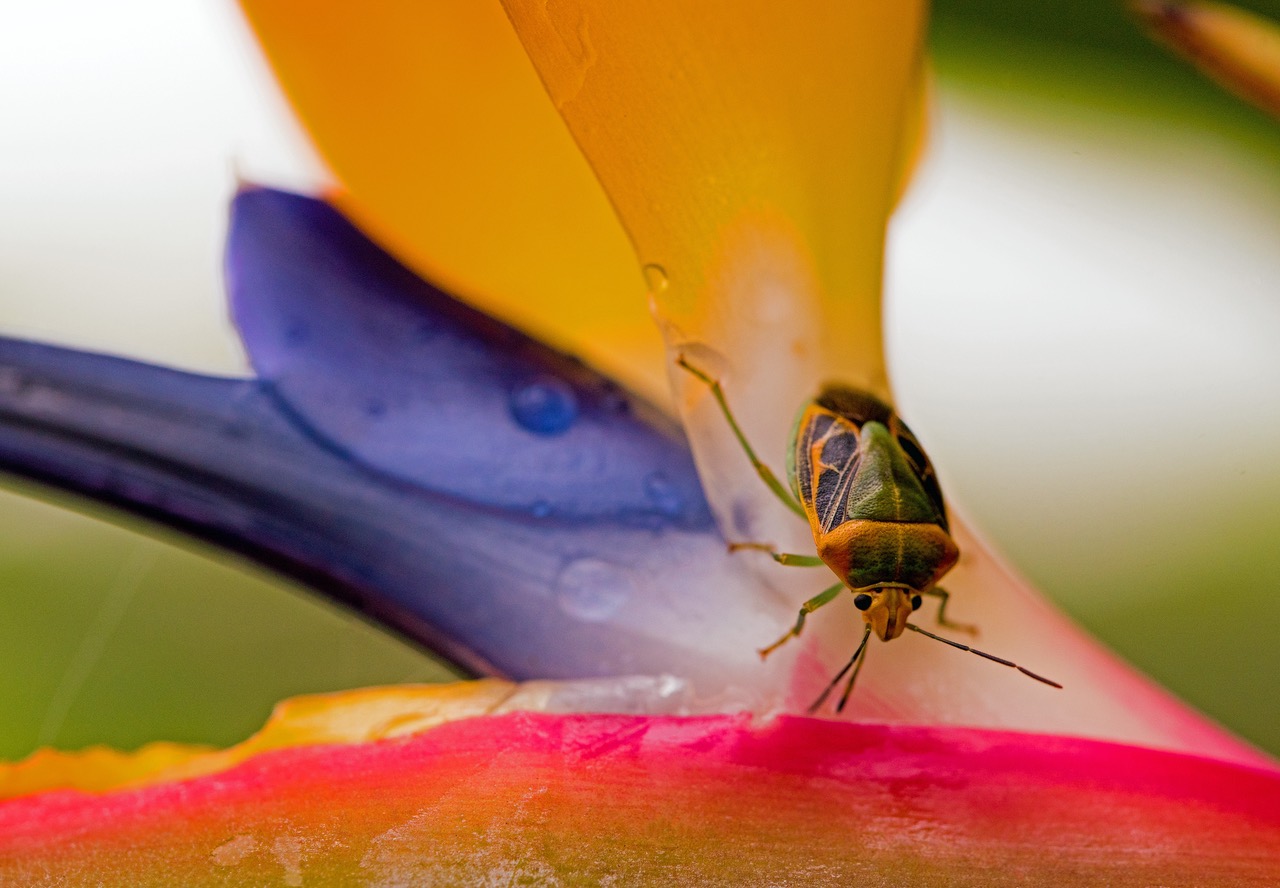Insects! Some people give them a wide berth on principle. Nasty, creepy, crawly flying things! Even the magnificent giant moths elicit only screams from some people. But the insects under discussion are guaranteed to cause no such sensation. Initial disbelief, amazement, titillation and delight are the sensations to be expected from an encounter with these exotic ‘bugs’.
Among the insects, at least 800,000 species have been described. One would expect plenty of variety in life-style and shape within a class this big. Indeed, this is the case. Articles on insects are always well illustrated with exotic beetles, flies and butterflies. Among these, cicadas represent an insect family which is seldom discussed on the prairies for the simple reason they do not live there. But in eastern and central Canada and in the United States (except the northwest quarter of the country) summers in woodlands reverberate with the loud clatter, clatter of male cicadas’ courtship calls.
Cicadas are heavy-bodied insects with similar appearing membranous wings which arch over the abdomen when the adult sits at rest. Most representatives of this group live in the tropics or subtropics. Among those who seek to grow trees or shrubs in these parts of the world, cicadas are highly unpopular. The immature or larval stages (called nymphs) lie in the soil and dine on tree roots. They eat plenty too because their development is slow. Depending on the species, it takes between 4 and 20 years to produce a winged adult. The adults remain above ground and few live more than a week.
Thus far, little about cicadas seems guaranteed to produce sensations of delight among the readers. However in the grasslands of east Africa, there live some cicadas called flattid bugs with wings that are coloured coral, yellow, white or green. These creatures are small as cicadas go, at most about 1 cm long. The remarkable thing about these insects is their colonial habit. The offspring of individual broods remain together and they arrange themselves on sticks or stems in such a way that they resemble spectacular flower clusters (inflorescences). Some experienced botanists have been fooled by these insect groupings which resemble lupine, broom or hyacinth flowers.
The whole idea of insect inflorescences gave Robert Ardrey, author of African Genesis (1961 Collins p. 66) “mental indigestion.” While protective imitations (mimicry) exist widely in nature, particularly among insects, they almost always involve only single individuals. The co-ordinating of a whole colony of individuals into a unit of camouflage is a situation almost unheard of in nature. During the 1950s at the Cornydon Museum in Nairobi, broods of one cicada species were hatched in captivity. And from each batch of eggs there would consistently emerge at least one individual with green wings, and several with in-between shades of green as well as the mass of coral coloured individuals. Those with green or partial green wings always took up a position at the tip of the inflorescence, thereby simulating unopened buds at the tip.
The idea that evolution could bring about such perfection, gave Ardrey a “prickling sensation in the scalp.” It seemed amazing, almost unbelievable, to him that evolution could have produced colonies of insects which know how to imitate flowers. Even more amazing still is the fact that the coral flower which the insect imitates, does not exist in nature. Ardrey concluded that the flattid bug community had created the flower form. Now that sounds an awful lot as if a separate creative intelligence placed the “know-how” in these insects, doesn’t it? Indeed that is the only logical conclusion. Not only did they require appropriate colours and shapes, but they had to know how to arrange themselves on sticks or stems. Cicadas of the flattid bug group, were definitely created!
Reference: Wolfgang Wickler. 1968. Mimicry in Plants and Animals. World University Library. McGraw-Hill Book Company. New York. pp. 61-64.
Reprinted from Dialogue volume 13 #1 March 1986.
Margaret Helder
October 2019
Subscribe to Dialogue







